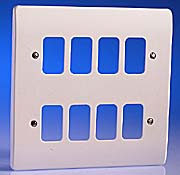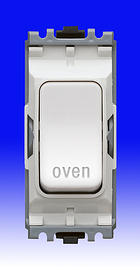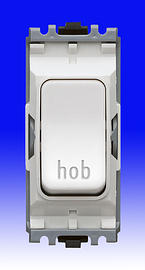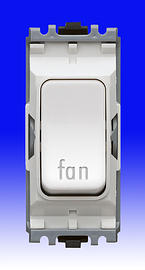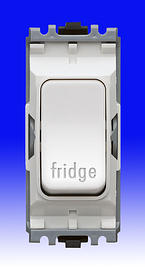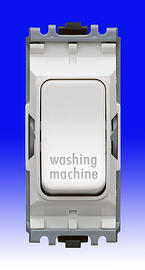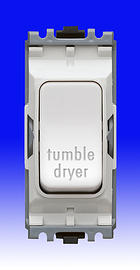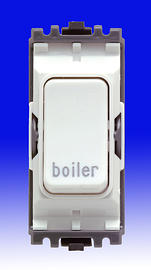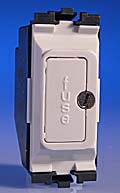Is there a minimum or regulation distance between switches on a wall?
I'm having a new kitchen fitted and need a total of 8 fused / spur switches. I came home and found the electrician has created a grid of 9 (including 1 single socket) which are about 90mm apart - looks stupid, like some commercial / warehouse property light switch panel.
Ill ask him Monday to put them all closer but i can't find distance so to plan how i want him to do.
Anyone tell me if i need to keep them a certain distance? Otherwise ill tell him 15mm.
Thanks.
I'm having a new kitchen fitted and need a total of 8 fused / spur switches. I came home and found the electrician has created a grid of 9 (including 1 single socket) which are about 90mm apart - looks stupid, like some commercial / warehouse property light switch panel.
Ill ask him Monday to put them all closer but i can't find distance so to plan how i want him to do.
Anyone tell me if i need to keep them a certain distance? Otherwise ill tell him 15mm.
Thanks.



